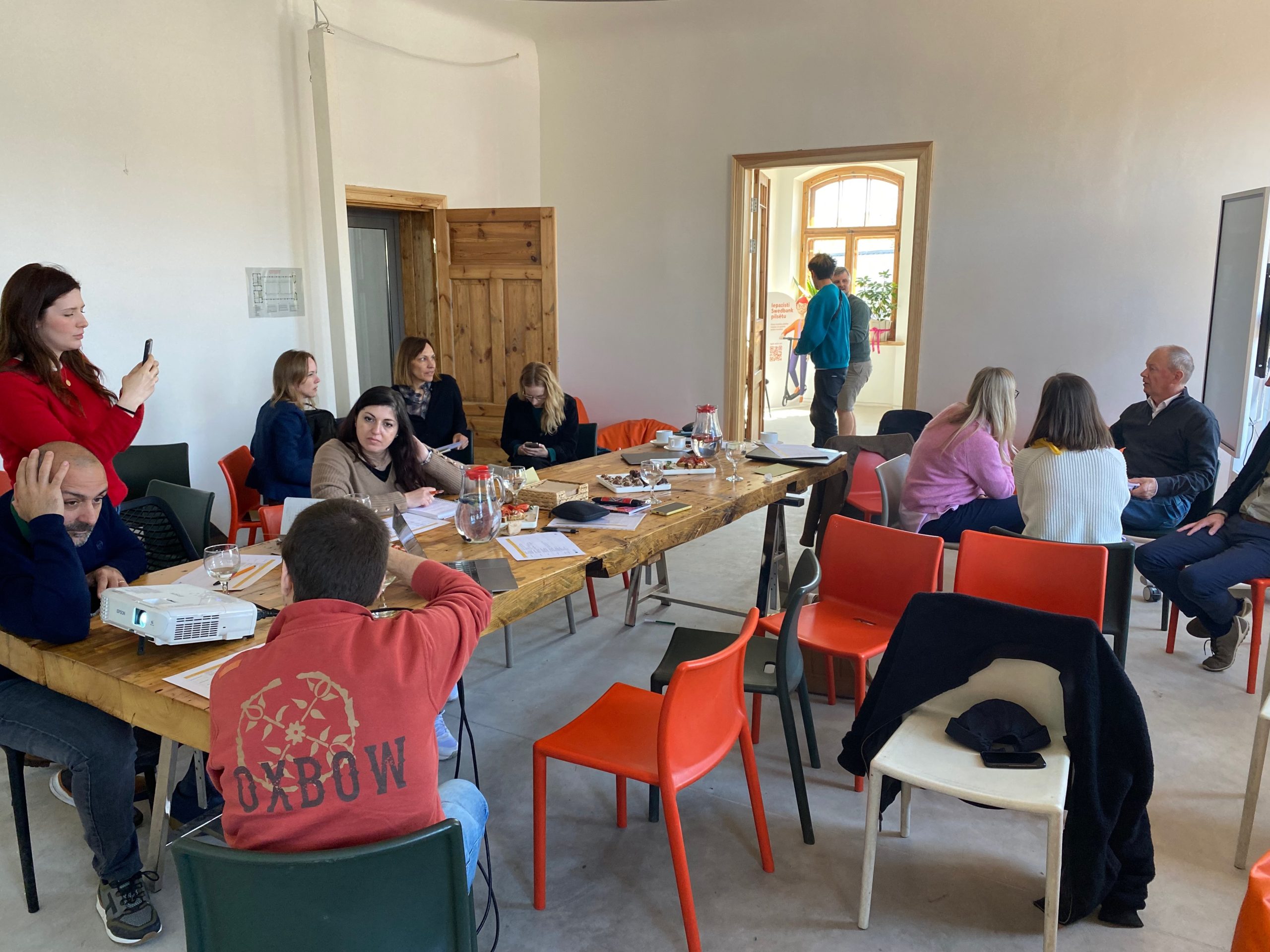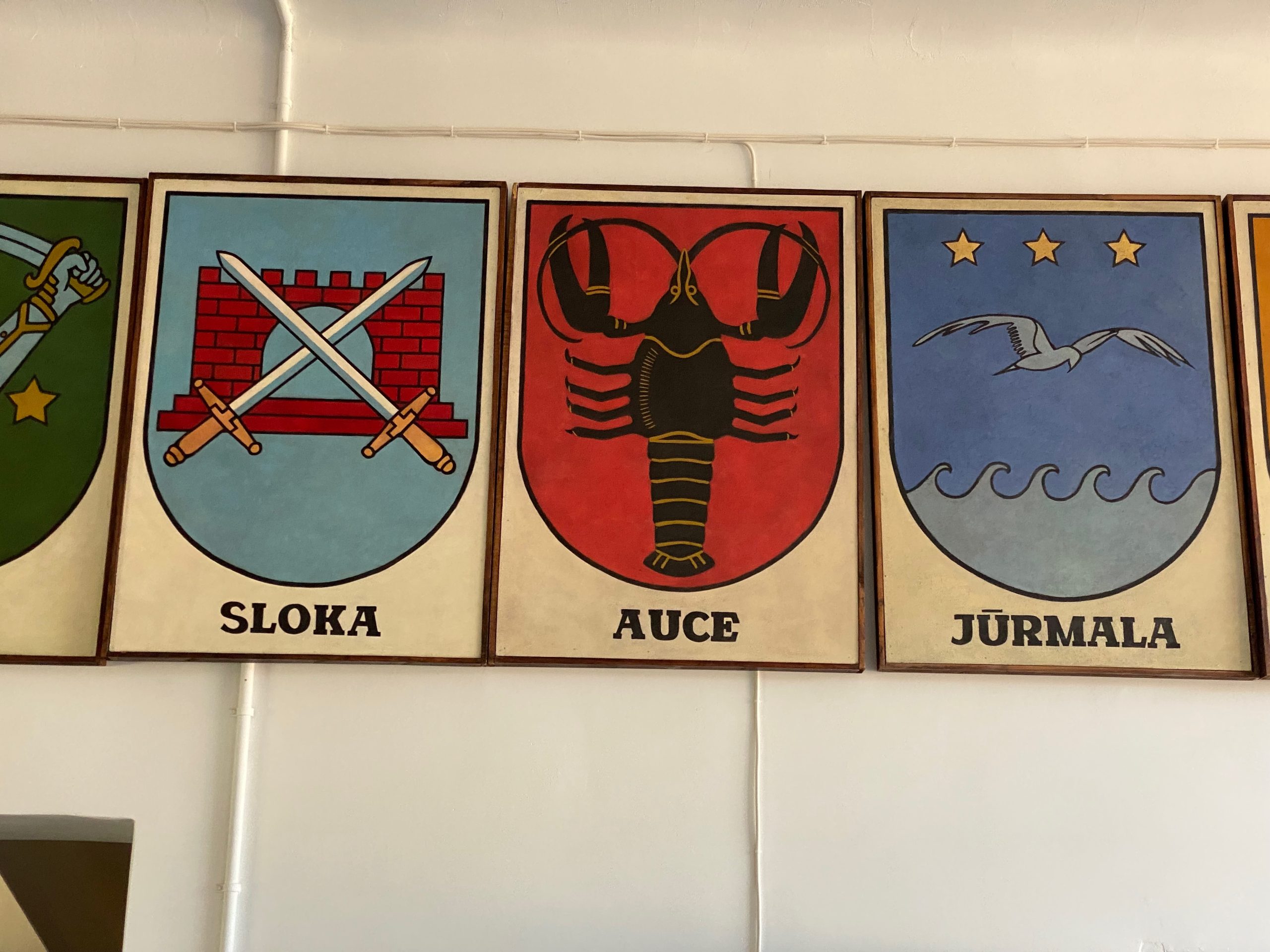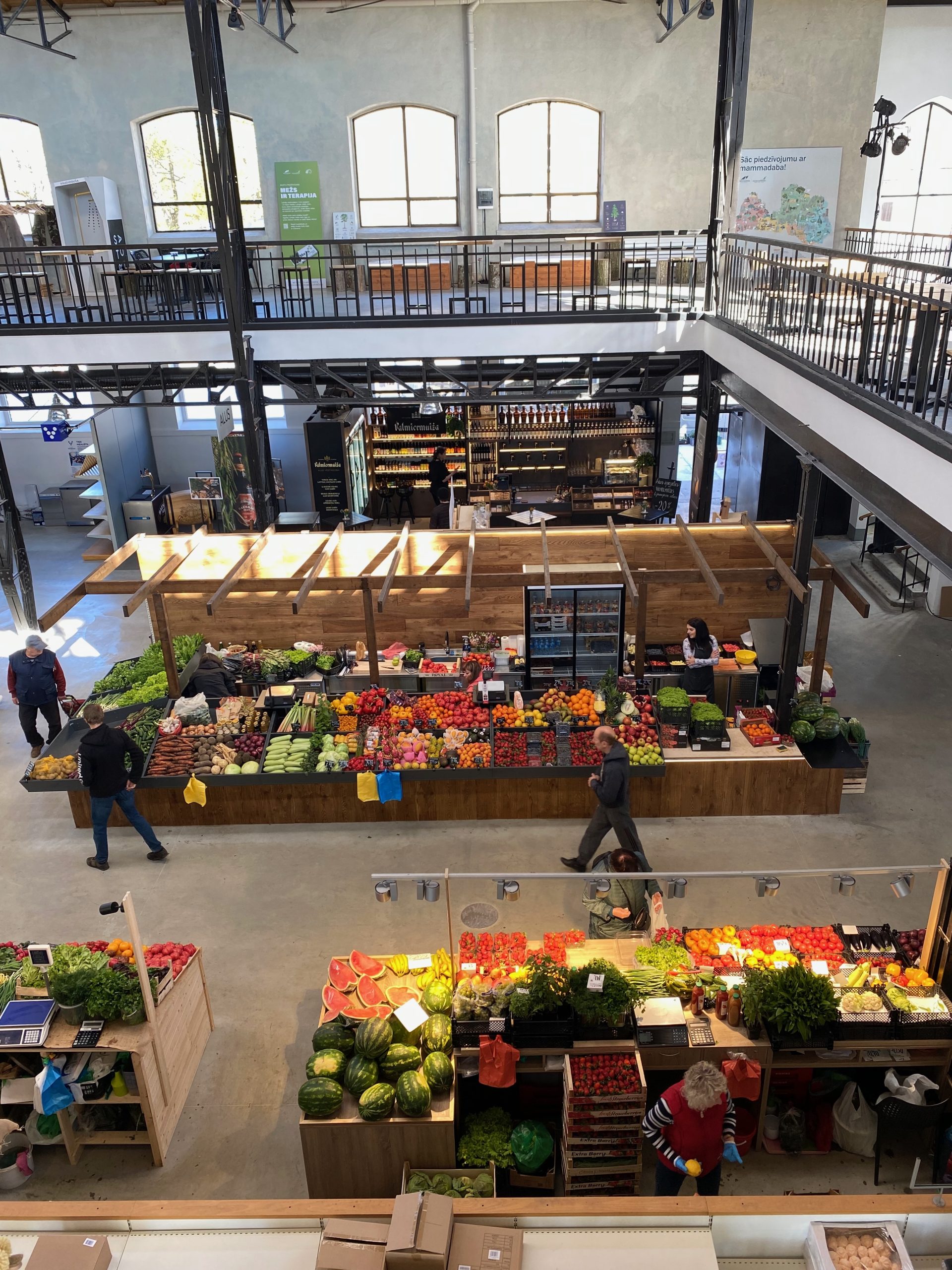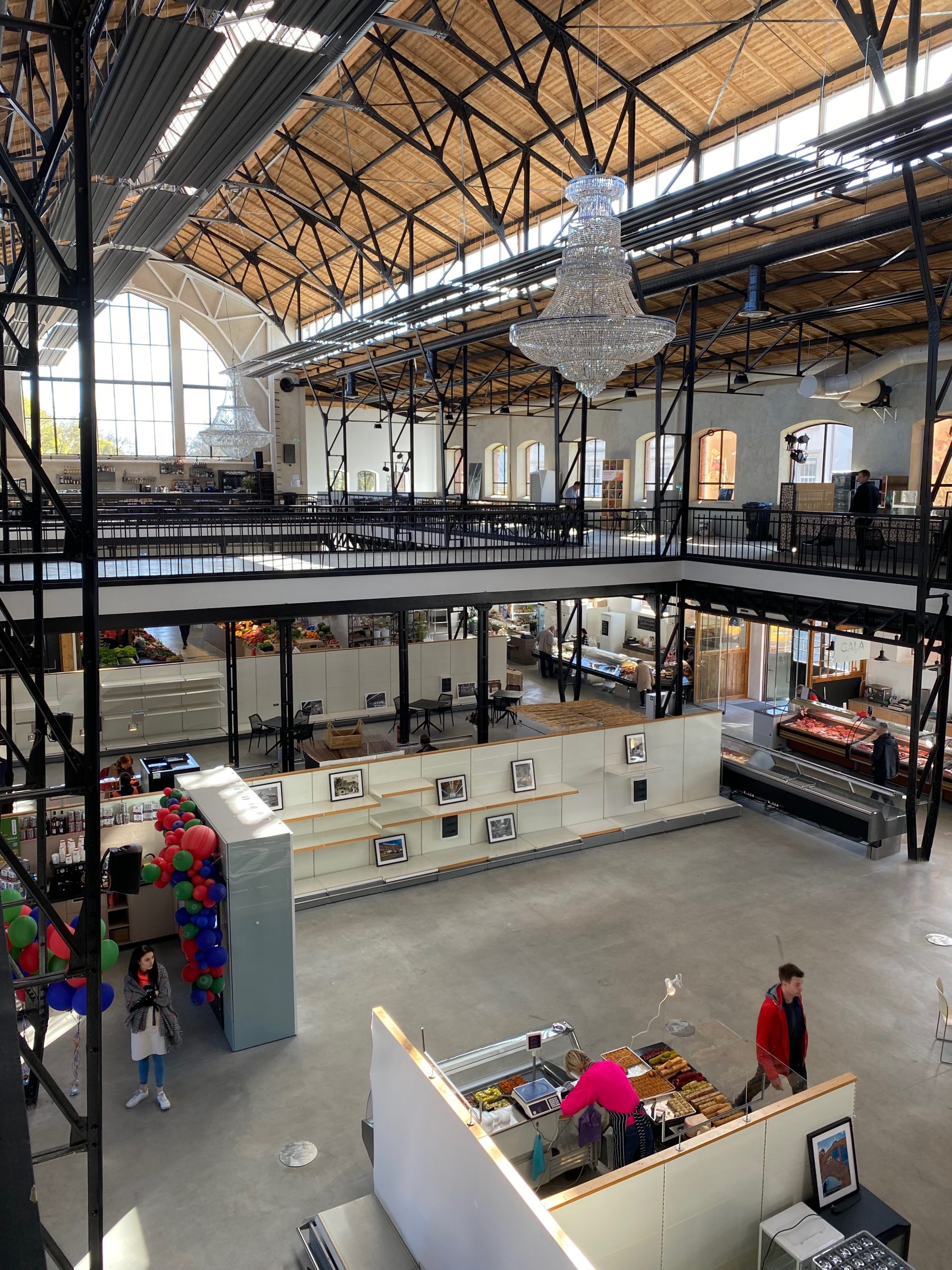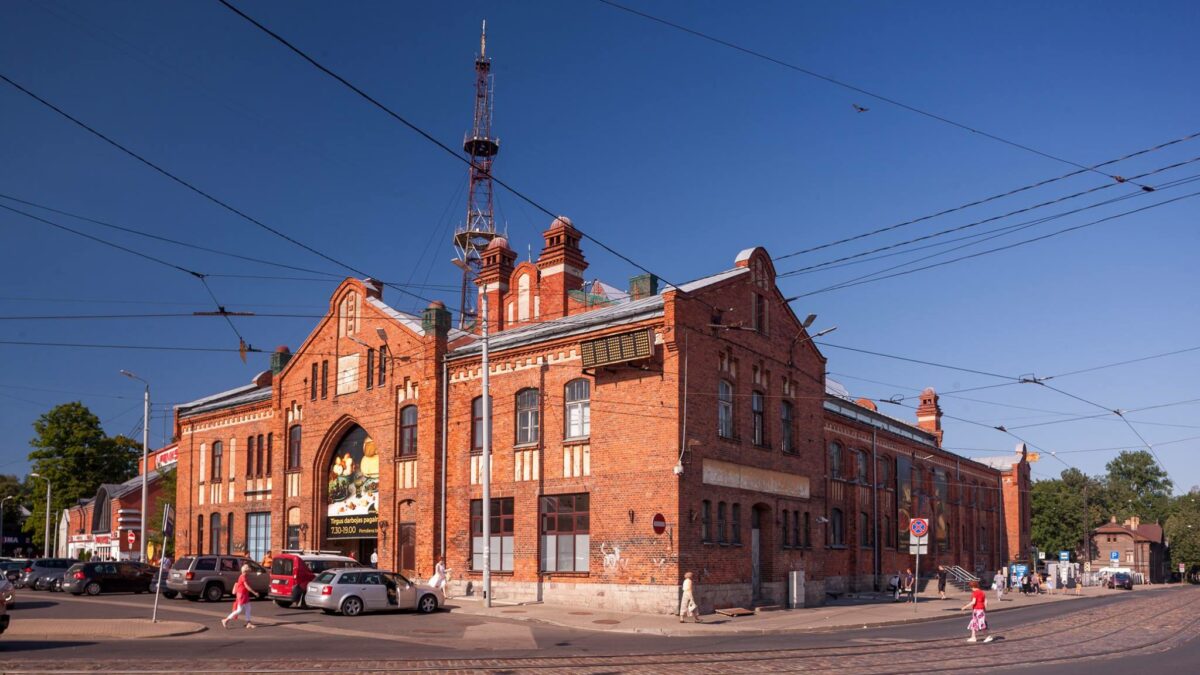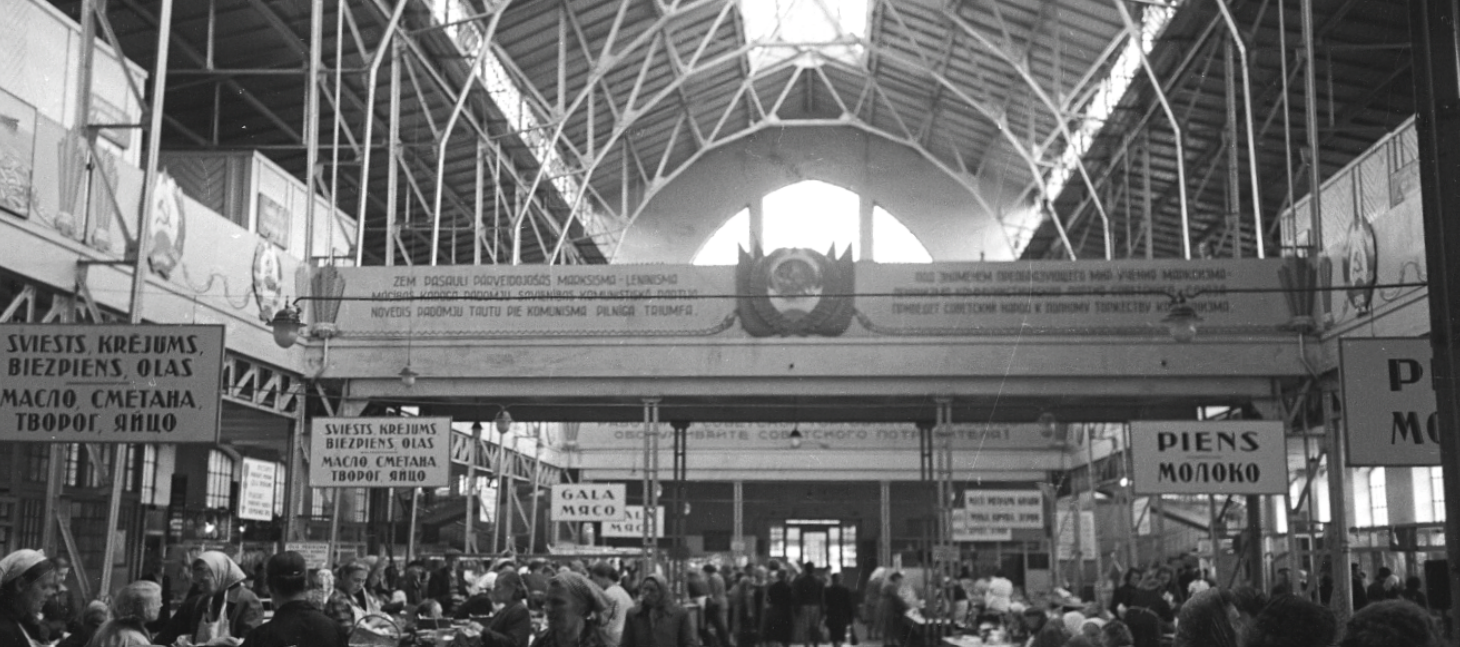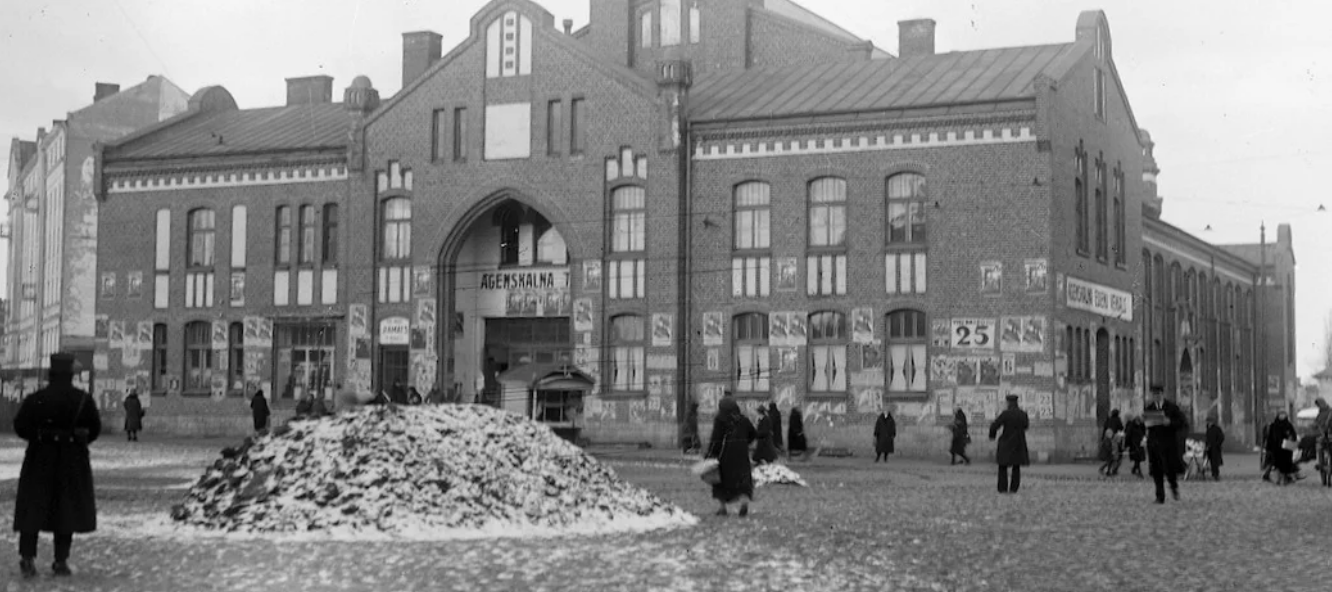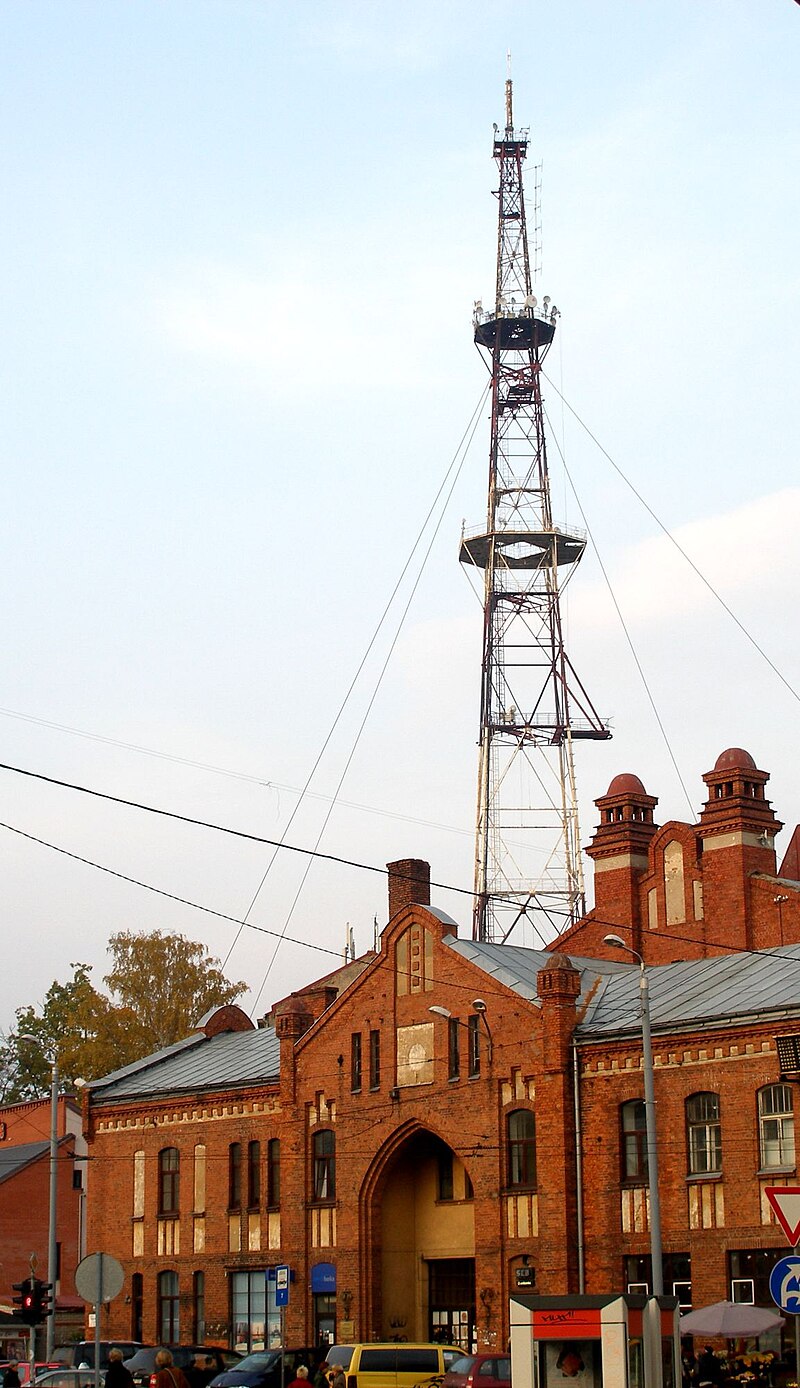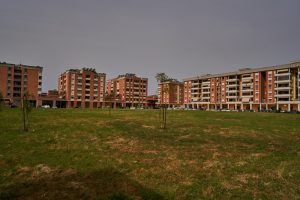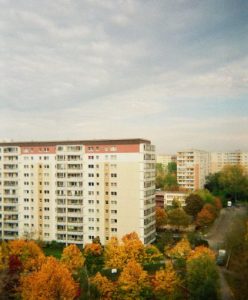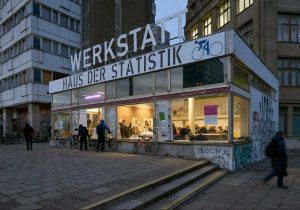The Āgenskalns Market is case of regeneration of an old market structure in Riga done through a Private Public People Partnership. The building has been leased to Kalnciema Quarter, a local company active in the neighbourhood, and the INHABIT Horizon 2020 provided additional resources to expand the social dimension of the project. Tesserae has trained the Local Community Activators and supported the participatory aspects and the engagement of stakeholders.
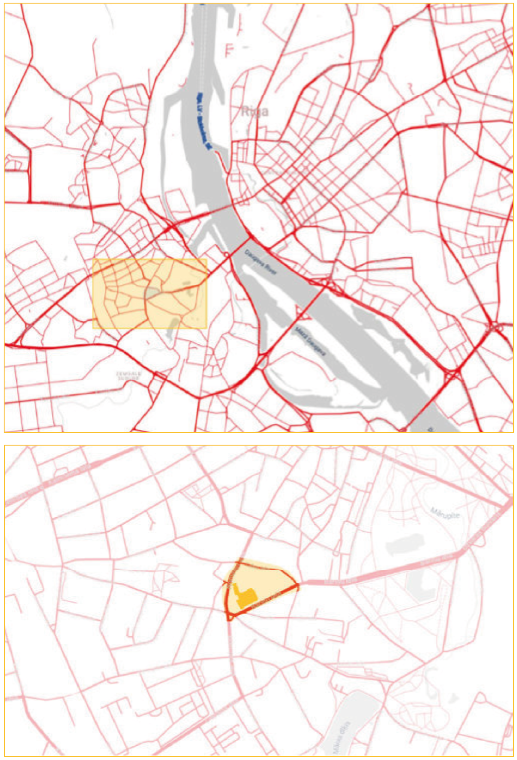
With a population in steady decline, Riga faces several issues that hamper the perception of the city as an inclusive and safe place for all social groups, leading to discrimination. The neighbourhood of Āgenskalns is envisaged as residential area and place for innovative business thanks to the closeness to the university pole and to the National Library. In this district, one of the most historical and reference building is the market, currently envisaged in Riga city development plans as prime site of regeneration. In this way, the market may be a powerful resource for social regeneration of the area and incentives different target groups to take part to local life. By doing so, the idea at the core of the IN-HABIT project is to create a green and local food hub combined with cultural and educational activities for the inhabitants, in order to promote food-related educational and consumption practices and making the historical market become a recreational and educational space. In this way the market and the proposed activities could boost an improvement in health and wellbeing of local community.
Context
The district’s origins date back to the early 20th century, showcasing Art Nouveau architecture along with both old and modern wooden tenements and large housing estates from the socialist era. It has a population of 25,047 (as of 2019) – about 4% of Riga’s total population- which is ageing and slowly declining.
A key example of Latvian Art Nouveau and central to the neighborhood’s life, Āgenskalns Market is the third largest market in Riga. Built between 1914 and 1923, the market is a red brick construction with a steel framework, featuring large, translucent windows. Although the market itself existed informally since 1863, it was only recognized by municipal authorities in 1895 as an official Riga market. This drove a rapid urbanization of the area around the market with the construction of shop premises, a city school, a hospital and the building of the Estonian Society – Estonians at the time represented a big part of the population of Āgenskalns.
At its inauguration it was the most modern market in Latvia – with central heating, sewage system, electric lighting and ventilation, spacious storage cellars, a cafe and a two-floor restaurant. During the Soviet occupation after World War II, the market was modified with additions like an open courtyard shed, later converted into a closed pavilion in the 1960s. Adjacent to the market, the Āgenskalns TV Tower—originally a former oil drilling station from the Caspian Sea repurposed for telecommunication—was constructed and remains a landmark of the neighborhood
In the years following Latvia’s independence, the market’s reputation began to decline due to issues with messy food stalls, illegal vendors, and the building’s deteriorating condition. In 1998, the municipality leased the property to Rīgas Centraltirgus (Riga Central Market), but necessary renovations were ultimately neglected, leading to the market’s closure in 2017.
Following the closure of the market, in 2017 the mayor of the city of Riga Nils Ušakovs, said that that its regeneration was depending from using “EU structural funds or private investments” taking the example of the private led regeneration of Kalnciema Quarter. In 2018 the Riga City Council property department launched a tender to select the next lessee of the market place for a period of 30 years, and Kalnciema Quarter was the only bidder participating. With the support of the banks and private companies the historical building underwent an extensive renovation between 2018 and 2022 building on the underlying vision of Kalnciema Quarter to make the market into an intercultural and creative food hub for sustainably produced and locally-sourced food, as well as a recreational and educational space. It currently has currently a surface of 8300 sqm, divided in two floors, with approximately 70 food vendors on the first floor and 15 cafes and bars on the second floor.
The neighbourhood of Āgenskalns is envisaged as residential area and place for innovative business thanks to the closeness to the university pole and to the National Library. The vibrant context in which the neighbourhood is located may be a powerful resource for social regeneration of the area and incentives different target groups to take part to local life. However the role of the Municipality is unclear as well as the effect of a possible gentrification in the area.
Project
Between 2020 and 2025, Tesserae engaged in Āgenskalns market as part of the Horizon 2020 IN-HABIT project. The project aimed to promote inclusive health and well-being through collaboration with a wide range of stakeholders from both Āgenskalns and the greater Riga planning region. While led by the vision of the market managers, the project fostered organic partnerships across grassroots associations, educational institutions, residents, entrepreneurs, and local and regional authorities.
The project co-financed several “hard” infrastructure interventions, such as a community kitchen, an elevator for enhanced building accessibility, a library/greenhouse and a stage in the outside courtyard. It also supported “soft” initiatives, creating a rich cultural and educational program for free centered around food, music, heritage, and place identity.
Kalnciema Quarter functions as leverage for regeneration of the whole Āgenskalns. While the changes in the neighborhood and its cultural life are regarded as a form of “gentrification” by local newspapers and residents with both positive and negative connotations (Kairjaka 2019), “gentrification” as in critical urban studies literature might be growing in Āgenskalns with a higher share of residents with tertiary education in white-collar, predominantly high-income socio-occupational categories in comparison to other areas of the city characterized by a stronger social mix. These changes in population are also to be understood within an ageing trend that can be observed in a greater presence of an elderly population, gender differences, as well as single-person and small households (Krišjāne 2019).
Links & Literature
Kairjaka, M., 2019. Diversity of gentrification in the inner cities of Riga and Prague – the case of Āgenskalns and Holešovice. Folia Geographica, 17, (pp. 145-152)
Krišjāne, Z., Bērziņš, M., Sechi, G., and Krūmiņš, J., 2019, Residential Change and Socio-demographic Challenges for Large Housing Estates in Riga, Latvia. In Housing States in the Baltic Countries (pp. 225-243), Springer, Cham.
